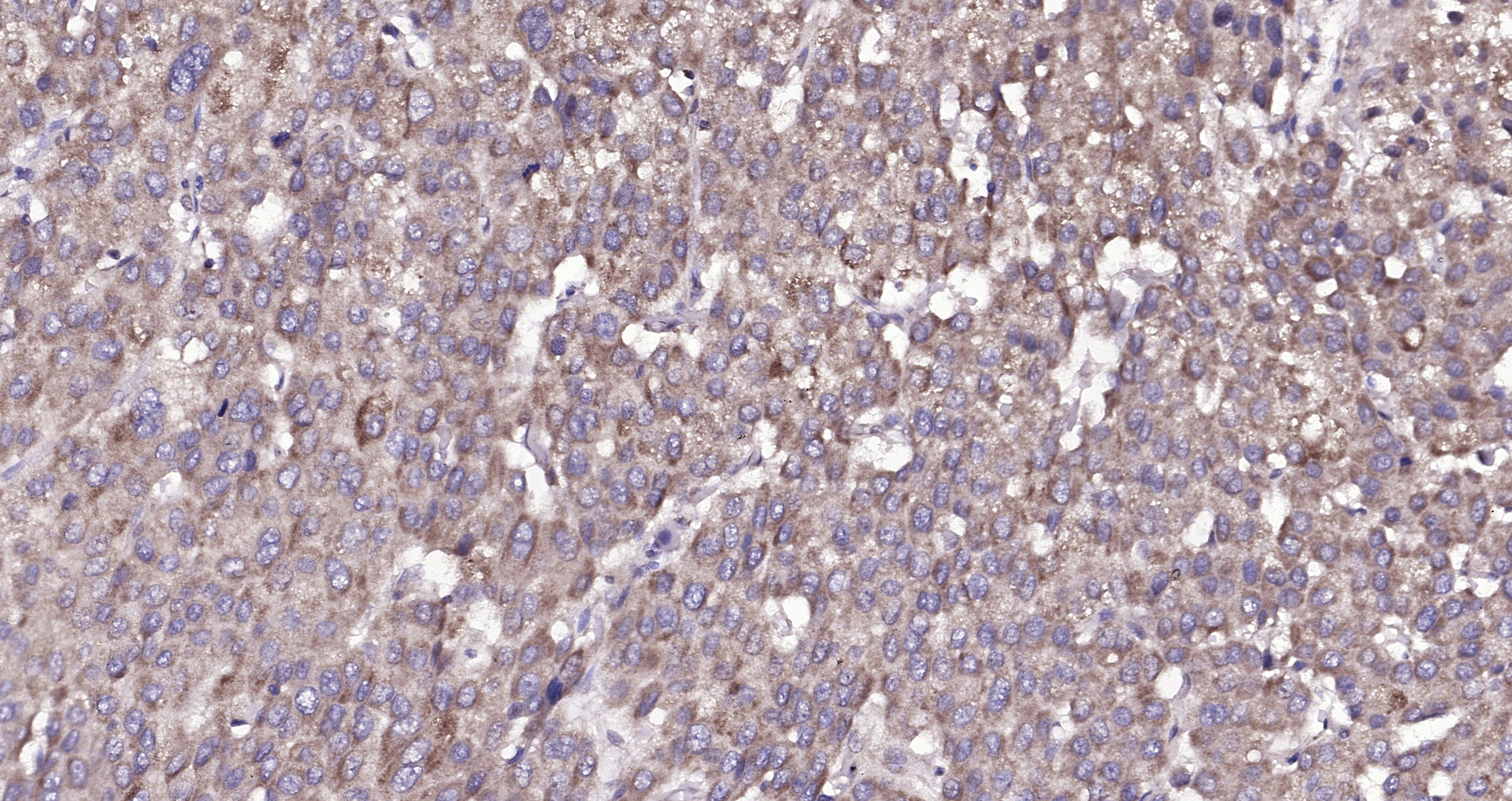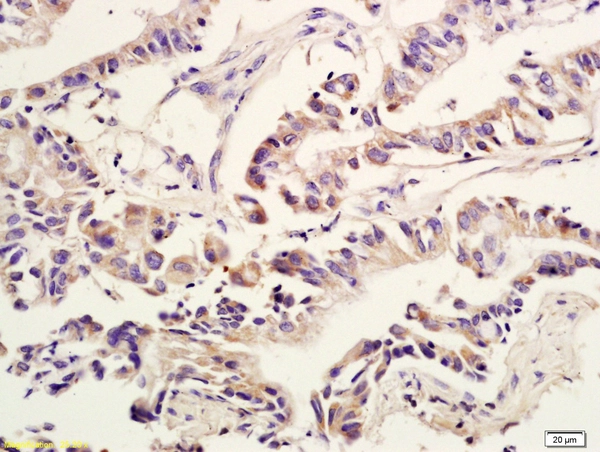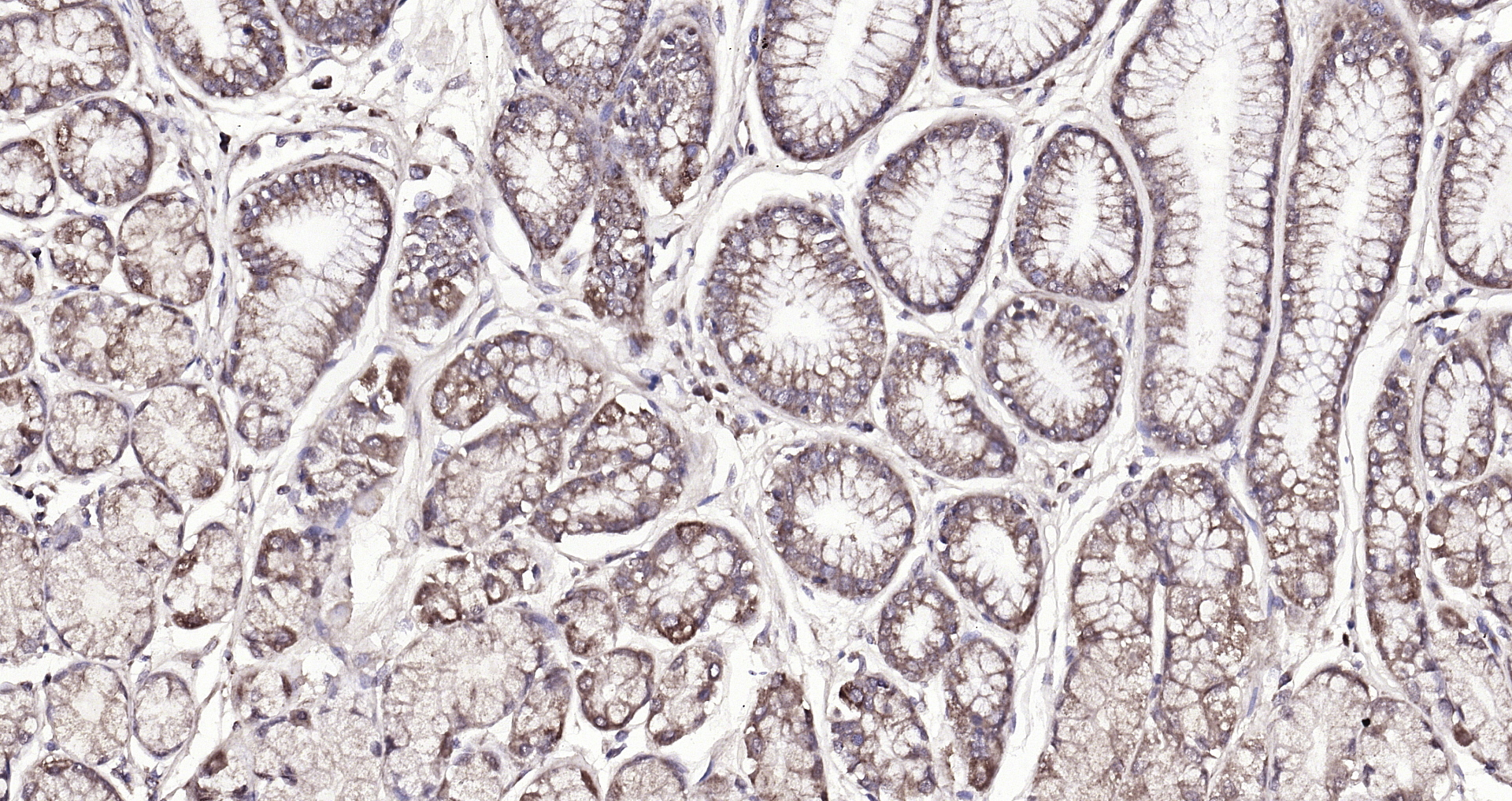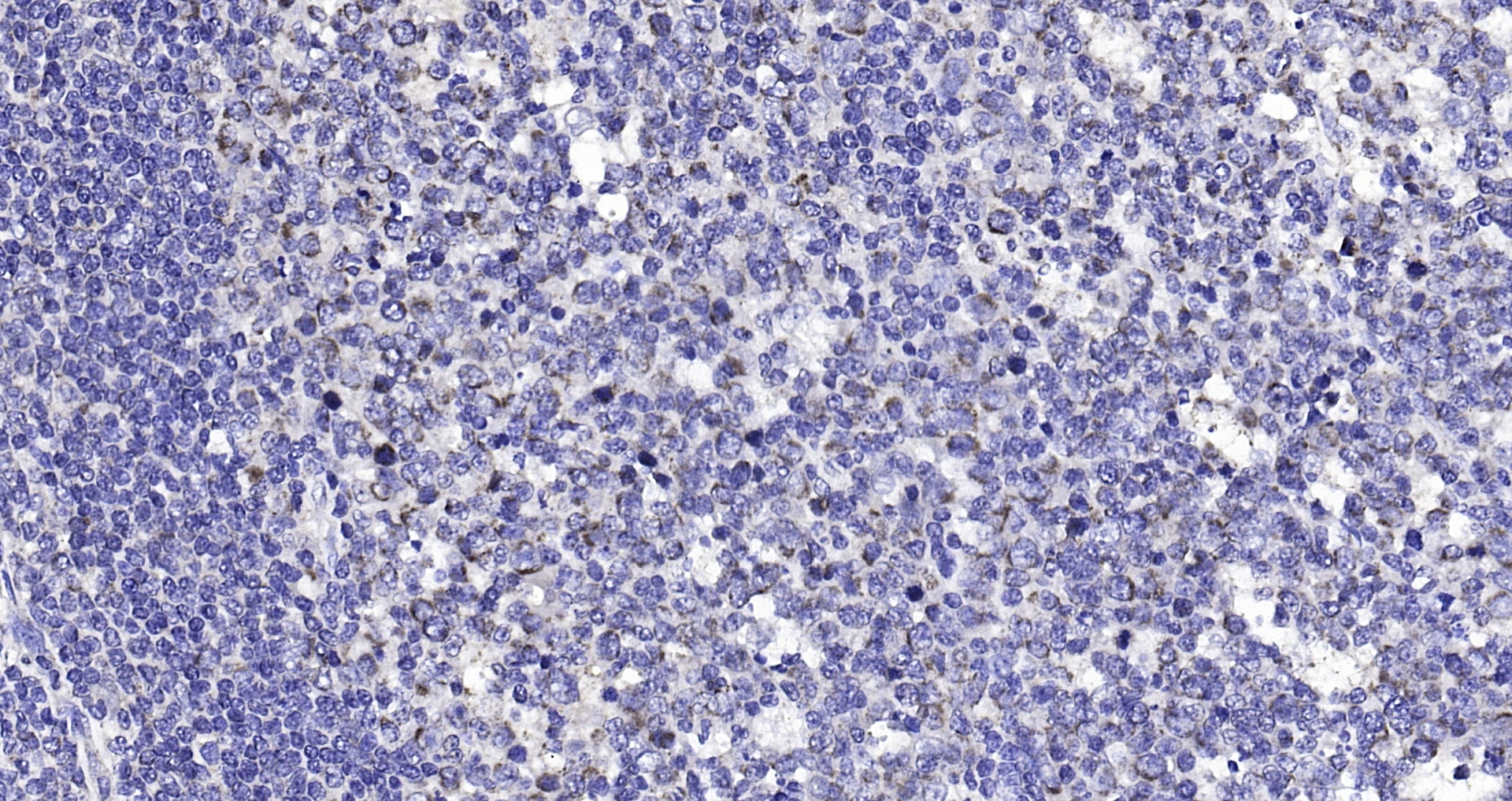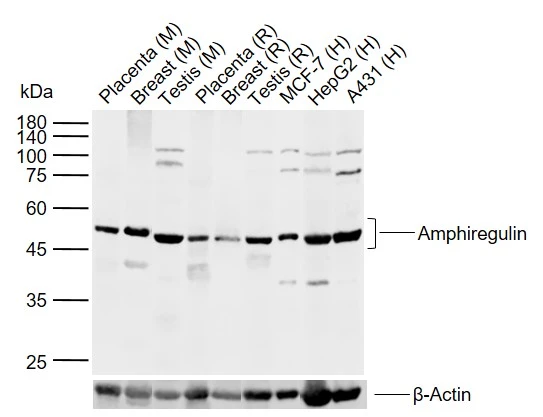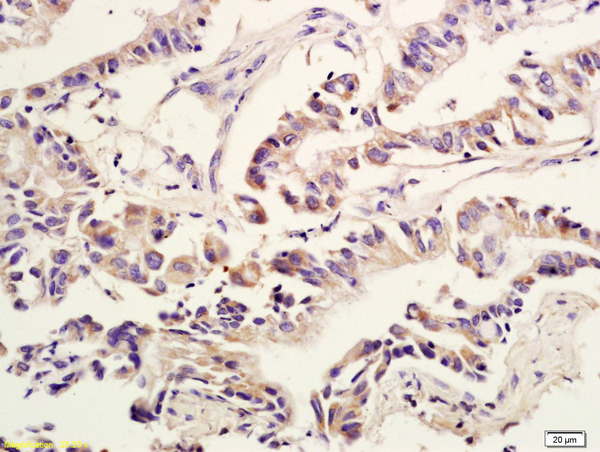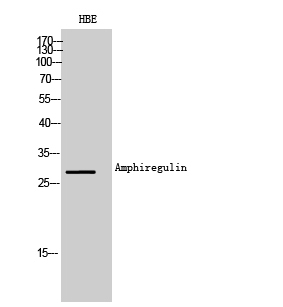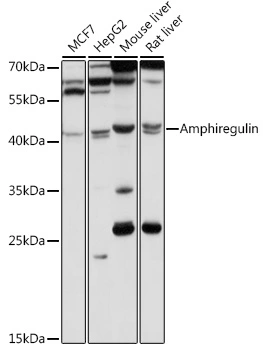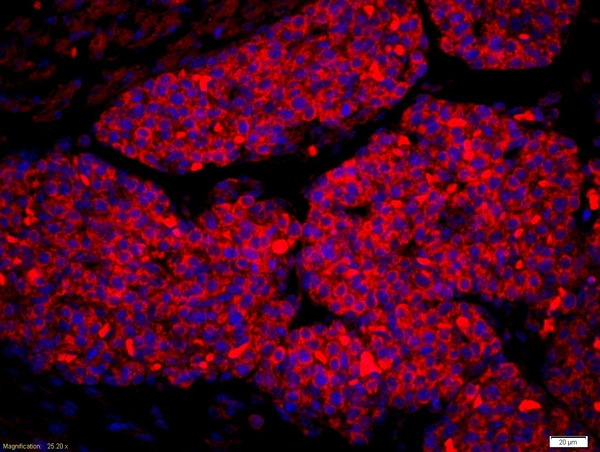
IHC-P analysis of mouse fetal liver tissue using GTX04890 Amphiregulin antibody. Orange : Primary antibody Blue : DAPI Dilution : 1:200
Amphiregulin antibody
GTX04890
ApplicationsImmunoFluorescence, Western Blot, ImmunoCytoChemistry, ImmunoHistoChemistry, ImmunoHistoChemistry Frozen, ImmunoHistoChemistry Paraffin
Product group Antibodies
TargetAREG
Overview
- SupplierGeneTex
- Product NameAmphiregulin antibody
- Delivery Days Customer7
- Application Supplier NoteWB: 1:300-1:5000. ICC/IF: 1:50-200. IHC-P: 1:200-1:400. IHC-Fr: 1:50-200. *Optimal dilutions/concentrations should be determined by the researcher.Not tested in other applications.
- ApplicationsImmunoFluorescence, Western Blot, ImmunoCytoChemistry, ImmunoHistoChemistry, ImmunoHistoChemistry Frozen, ImmunoHistoChemistry Paraffin
- CertificationResearch Use Only
- ClonalityPolyclonal
- Concentration1 mg/ml
- ConjugateUnconjugated
- Gene ID374
- Target nameAREG
- Target descriptionamphiregulin
- Target synonymsAR, AREGB, CRDGF, SDGF, amphiregulin, amphiregulin B, colorectum cell-derived growth factor, schwannoma-derived growth factor
- HostRabbit
- IsotypeIgG
- Protein IDP15514
- Protein NameAmphiregulin
- Scientific DescriptionThe protein encoded by this gene is a member of the epidermal growth factor family. It is an autocrine growth factor as well as a mitogen for astrocytes, Schwann cells and fibroblasts. It is related to epidermal growth factor (EGF) and transforming growth factor alpha (TGF-alpha). The protein interacts with the EGF/TGF-alpha receptor to promote the growth of normal epithelial cells, and it inhibits the growth of certain aggressive carcinoma cell lines. It also functions in mammary gland, oocyte and bone tissue development. This gene is associated with a psoriasis-like skin phenotype, and is also associated with other pathological disorders, including various types of cancers and inflammatory conditions. [provided by RefSeq, Apr 2014]
- Storage Instruction-20°C or -80°C,2°C to 8°C
- UNSPSC12352203

